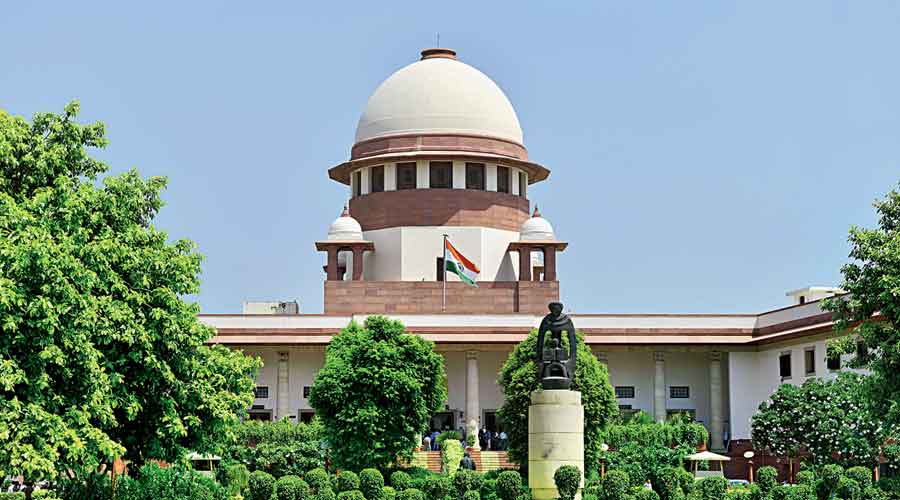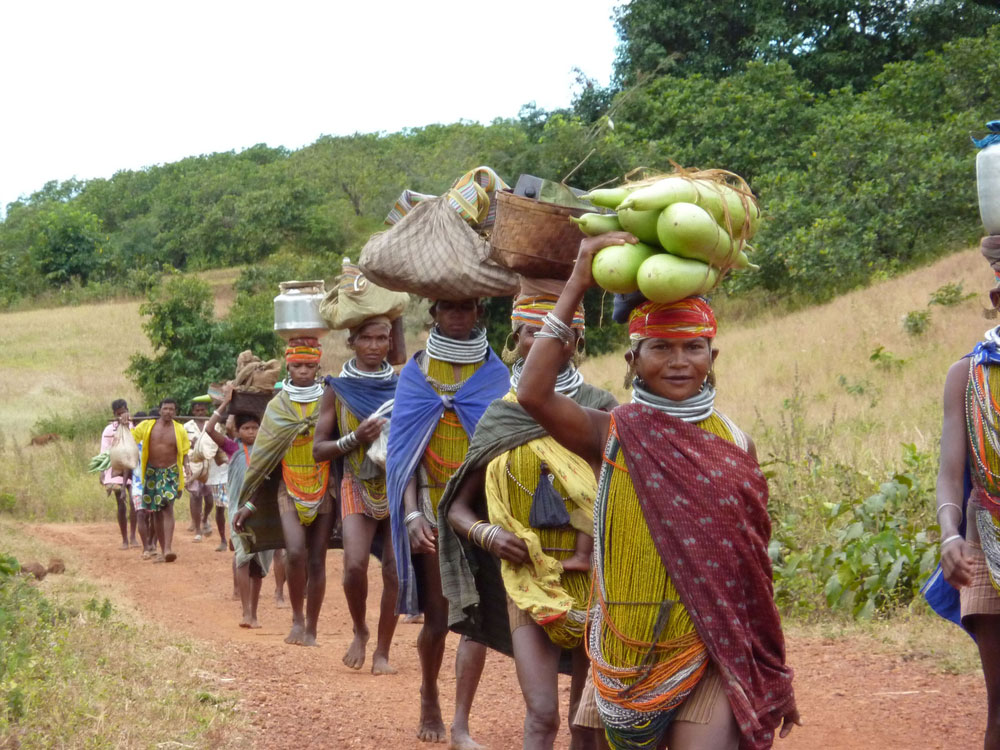The frantic attempt by the ruling dispensation to replace the word “Dalit” with “Bahujan” and the recommendation of Delhi University’s standing committee on academic matters for removing three books by Kancha Ilaiah Shepherd from the post-graduate political science syllabus raise disturbing questions. Why are the Indian academics so uncomfortable with the word “Dalit” and Dalit epistemology? The committee opines that Ilaiah’s books discursively denounce Hinduism and are therefore dangerous for the students and constitute an insult to Hinduism. One may agree or disagree with his ideas or perspective, but excluding his texts from the syllabus is an attack on academic freedom and alternative readings of history, culture, and society. It seems to preclude the possibility of counter-intuitive thinking. This kind of scorn for alternative versions of reality goes against the quintessential Indian discursive tradition which celebrates diversity and difference. Indian society has produced profoundly radical thinkers like Gautam Buddha, Kabir, Ravidas, Jotiba Phule, Periyar and Ambedkar. So, to continue this tradition, the heteroglossia of Indian thought should be allowed to flourish in Indian universities and other academic spaces.
The essential aim of higher education is to make human beings capable enough to think critically and creatively so that she/he can deal with the plurality of perspectives and ambiguities. Ambedkar made a relevant remark by emphasizing that cultivation of mind should be the primary goal of human existence. We can not create a critical mind without the free space for debate and discussion. The logic offered by the standing committee of Delhi University about the excision of Ilaiah Shepherd’s books sounds ludicrous. It reflects the aversion of the Indian intellectual class towards new knowledge, critical thinking and Dalit history.

Kancha Ilaiah Shepherd’s writings opened new avenues to look at Indian history and society. This kind of “sanitization” of knowledge speaks volumes about the intermingling of power, politics and knowledge in Indian academia. It signals towards the fact that the dominant discourse determines what is “knowledge” and what isn’t. Michel Foucault in History of Sexuality Vol 1 writes that discourse circulates and produces power. It means that knowledge production is associated with power and discourse. People consciously exclude certain forms of knowledge or truth from the public sphere.

Walter Benjamin wrote, “Our image of happiness is indissolubly bound up with the image of the past. [ii]” This quotation help us decode the significance of the word Dalit for this oppressed community. The analytic category “Dalit” manifests the prevalence of structural discrimination, thus, the presence of the oppressor and the oppressed. It hints at the dialectics structuring the varnaist-casteist socio-cultural space in India. It emblematizes a historical wound in the Indian civilization related to the subalternization of Dalits in the caste-based hierarchical society. Besides, this term denotes the possibility of self-creation. In other words, a Dalit can refashion herself in tune with new democratic ethos and principles.
Moreover, it also signifies agency, pride and assertion. This term has a historical significance. Jotiba Phule first broached the word “Dalit”. Babasaheb Bhimrao Ambedkar used it to describe the asphyxiating Hindu socius. Later, it was invested with a new revolutionary meaning and rigour by the Dalit Panthers in the 1970s. So, this term came into being from a long history of struggle and politics.
The term “Bahujan” is a broader term; it emerged in a certain historical context. It cannot capture the shifting historical narrative and specificity of the Dalit life. The supplanting of the word “Dalit” with “Bahujan” risks suppressing the political substance and historicity of both the terms. To understand the consciousness of the Dalit community, it is important to appreciate their comfort with the term “Dalit”. And let them decide their representational signs rather than forcing on them certain “hegemonic” signifiers. Here, in this specific context, the brahmanical forces are cunningly using the lexicon which has been imbibed by the oppressed classes of this country. It commits epistemic violence, to use Gayatri Chakravorty Spivak’s term, to Dalit epistemology, as it undermines the Dalit way of thinking and perceiving the world. The politics underlying this move is to alter the historical, cultural and social consciousness of the oppressed group; to delete all signs of the original and imbue it with something considered more appropriate to the brahmanical agenda.
The idea of brahmanical epistemic violence can be understood further through other examples. One wonders why the construction of the Statue of Unity, a 597-foot (182-metre) Sardar Vallabhbhai Patel’s statue at Sadhu Bet, a river island close to the highly controversial Sardar Sarovar mega-dam, for around Rs 3000 crores, has not raised an eyebrow yet. This will be the tallest statue in the world until the proposed 695 feet (212 meters) Shivaji Statue off the coast of Mumbai is completed. The question is: why is there no hullabaloo now about the wastage of money? However, the mainstream media had swooped down on the BSP supremo Behan Kumari Mayawati for her “Dalit Memorial” programme in Uttar Pradesh; it was dismissed as colossal wastage of money. Unlike the Statue of Unity, this had invited the wrath of both the Right and Left alike. Ambedkar has already alerted us about this by saying that “Untouchables have no press”. This critique became all-pervasive because of the absence of Dalits in Indian media.
The presence of Dalit icons in the public sphere embodies Dalit aspirations, optimism, confidence and pride. They symbolize Dalit assertion, which entails a threat to the casteist forces and the Brahmanic power. Moreover, the opposition to the celebration of Mahar victory at Bhima Koregaon by the caste Hindus reflects the unease and anxiety of the brahmanical forces about the rising power of Dalits and the emerging collective Dalit consciousness. These sites embody and disseminate Dalit historical consciousness.
Arundhati Roy’s statement, “Dalit aspirations are a breach of peace”, in her introduction, titled “The Doctor and the Saint”, to Ambedkar’s Annihilation of Caste, enunciates the power struggle lying at the core of this debate of naming, renaming and un-naming. The act of renaming the Dalit community is the un-naming the Dalit collectivity. It hints at the working of totalizing semiotics; it is not just performative or nomenclatural action; it is a social act; it is an act of elision and excision. It would not be out of context to refer to Michel Foucault here again. He states: “To govern, in this sense, is to structure the possible fields of actions of others.” It can be discerned here how the hegemonic forces are trying to structure the space for struggle by excising the counter-hegemonic voices such as Kancha Ilaiah. By excluding these dissenting texts from the Delhi University syllabus, the brahmanical forces are trying to eliminate Dalitbahujan hermeneutics from the public sphere. So, the politics of renaming can be interpreted as an effort to erase the Dalit anguish about India civilization and control knowledge production and dissemination in Indian academia.
Copyediting: Ravinder Goel
[i] Why I Introduced Kancha Ilaiah’s Books in the DU Political Science Course, N. Sukumar
[ii] Theses on the Philosophy of History, Walter Benjamin
[iii] From Ambedkar to Dalit: Essays on Ambedkar Movement, Eleanor Zelliot
Forward Press also publishes books on Bahujan issues. Forward Press Books sheds light on the widespread problems as well as the finer aspects of Bahujan (Dalit, OBC, Adivasi, Nomadic, Pasmanda) society, culture, literature and politics. Contact us for a list of FP Books’ titles and to order. Mobile: +917827427311, Email: info@forwardmagazine.in)
The titles from Forward Press Books are also available on Kindle and these e-books cost less than their print versions. Browse and buy:
The Case for Bahujan Literature
Dalit Panthers: An Authoritative History







